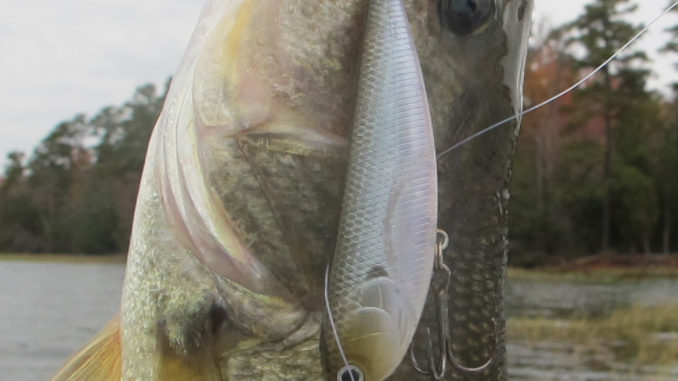
It’s fairly common to find yourself fishing artificial lures in an area and find yourself competing with a lot of natural bait.
That’s when it is time to go “loud,” as in “obnoxious” colors or lures that make a lot of noise.
“Sometimes it’s best to mimic what they are eating,” George Beckwith said. “Other times, you have a school of 100,000 menhaden that (the fish) are eating. But you don’t want something that looks like everything else. You want something that stands out. That’s why hot pink works so good. Have you ever seen anything hot pink swimming around? I’ve never seen any hot pink nightcrawlers swimming around on the surface.”
And yet, hot pink is a popular color when it comes to floating worms fished in freshwater for bass. Other times that call for loud colors are dirty water, or any other time you think you’re target species will have trouble seeing your bait.
On the other hand, J.R. Waits finds that he often needs to present a lure that is as natural-looking as possible and that is quiet as possible so it doesn’t spook the fish. In these cases, a jighead rigged with a soft plastic lands quietly and can be moved slowly, or simply dead-sticked, ahead of a moving school of reds.
Editor’s note: This article is part of the Cross the Line feature in the July issue of South Carolina Sportsman, which is now on newsstands. Digital editions also can be downloaded right to your computer or smartphone.
Be sure to subscribe to ensure you don’t miss a single information-packed issue of South Carolina Sportsman.



Be the first to comment